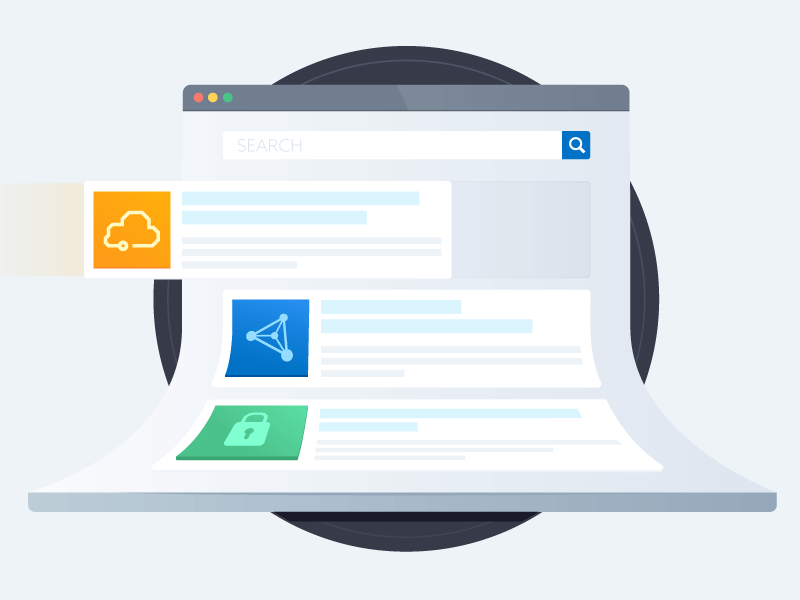Understanding UEBA: Essential Guide to User and Entity Behavior Analytics in Cybersecurity
Published 03/10/2025
Originally published by InsiderSecurity.
Visibility into user actions is one of the critical challenges in the modern digital landscape. Traditional rule-based security solutions that generate a high number of alerts within modern environments are no longer practical; a new approach is needed. This is where User and Entity Behavior Analytics (UEBA) emerges as a critical security component, providing cybersecurity teams with visibility into user behaviors. Powered by technologies such as Artificial Intelligence and Machine Learning, UEBA establishes baselines for regular user activity within a network and then identifies deviations from these baselines. This empowers cybersecurity teams to detect advanced attacks, such as insider threats and zero-day exploits, which can easily slip under the radar of traditional security products.
What is UEBA
UEBA utilizes a data-driven approach to cybersecurity by baselining normal behavior using advanced technologies such as machine learning. Any activity that deviates from this baseline is flagged for investigation. This advanced analytics approach enables it to detect subtle, advanced attacks that would be undetectable by controls like firewalls and anti-malware solutions. UEBA has emerged as a critical defense in modern cybersecurity frameworks as attacks increase in sophistication and complexity.
An example of where UEBA can provide visibility is in cases of compromised accounts. Credential compromise is an extremely difficult attack to detect once the attacker has successfully authenticated using the stolen credentials. However, UEBA can detect patterns in user behavior that are indicative of suspicious activity and flag them for review, potentially averting a cybersecurity incident.
Another example would involve insider threats, which are even more challenging to detect than compromised accounts. An employee abusing the authorized access they have been granted can be detected by UEBA, due to unusual file access patterns or data exfiltration attempts that might go unnoticed by other solutions.
How does UEBA work?
UEBA applies the power of machine learning to detect anomalies within the massive amounts of data generated in an environment. A UEBA solution is typically implemented in the following steps:
- Data Ingestion and Aggregation: A UEBA requires visibility into the environment to work effectively. This is achieved by gathering and aggregating data from audit logs, network traffic, authentication, and authorization systems, etc. This data is crucial for the UEBA to learn the environment.
- Baselining: In this phase, the UEBA utilizes its powerful machine learning algorithms to develop a baseline of what is and is not normal within the environment. The more information about the environment the UEBA learns, the better it is at detecting potential malicious activity. This baseline is not static and evolves over time as user behavior changes.
- Monitoring: In this phase, the UEBA starts monitoring and flagging anomalies such as unusual privileged activity, unusual logins, excessive file downloads, etc. The nuanced and intelligent approach it provides to cybersecurity monitoring makes it a powerful tool within an environment that complements existing endpoint and network security controls.
UEBA use cases
UEBA can handle various use cases within cybersecurity due to its behavior-centric model. Let us take a look at some of the critical scenarios where UEBA can be particularly effective:
- Insider Threats: Employees with malintent can cause significant damage to an organization by abusing the authorized access they have been granted. A UEBA can detect such malicious intent by identifying patterns of behavior that differ from how the employee typically operates, such as working at odd hours, unusual logins, excessive downloads, etc. This can be extremely effective for organizations that grant employees access to highly sensitive data or during periods of high turnover, where the risk of disgruntled employees is high.
- Compromised Accounts: Attackers can compromise user credentials to gain access to an environment to carry out cyberattacks. The same principle as the previous scenario applies here, where the UEBA could detect deviations from how the user usually operates and flag it for review.
- Brute-force Attacks: Repeated attempts to guess passwords or gain access to a system can indicate an employee trying to access unauthorized systems. UEBA can detect and flag this behavior, which may indicate a larger attack or fraud.
- Privilege Abuse and Misuse: Users with high privileges within an environment carry a higher level of risk than traditional employees. They can be socially engineered into handing over their credentials or attempting to abuse the access themselves. A UEBA solution can detect if an admin-level user behaves in a way that is different from their traditional activities, leading to early detection of malintent.
- Privilege Escalation: The first step that attackers carry out once they have compromised an environment is to elevate their privileges. This enables them to carry out further attacks and establish a foothold within the environment. UEBA can detect such elevation of privileges and proactively flag such permission changes to the cybersecurity teams.
- Unauthorized Data Access & Exfiltration: Data leakage is another crucial risk area that is often difficult to defend against. Employees can attempt to circumvent the organization's policies by exfiltrating data, or the same can be part of a more significant cyberattack. UEBA can detect such data transfers and sound an early alarm to avert a potential data breach.
- Automated Risk Prioritization: UEBA recognizes that not all events are equal and prioritizes its alerts based on intelligent risk scoring. This enables cybersecurity teams to focus on those events that require immediate attention and prevents them from drowning in “alert fatigue.”
These scenarios highlight the versatility of UEBA as a security component and its ability to adapt to different types of security scenarios within an organization.
Unlock Cloud Security Insights
Subscribe to our newsletter for the latest expert trends and updates
Related Articles:
AAGATE: A NIST AI RMF-Aligned Governance Platform for Agentic AI
Published: 12/22/2025
Is Cloud-Native Key Management Right for You?
Published: 12/19/2025





.png)
.jpeg)
.jpeg)
.jpeg)
